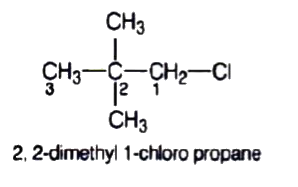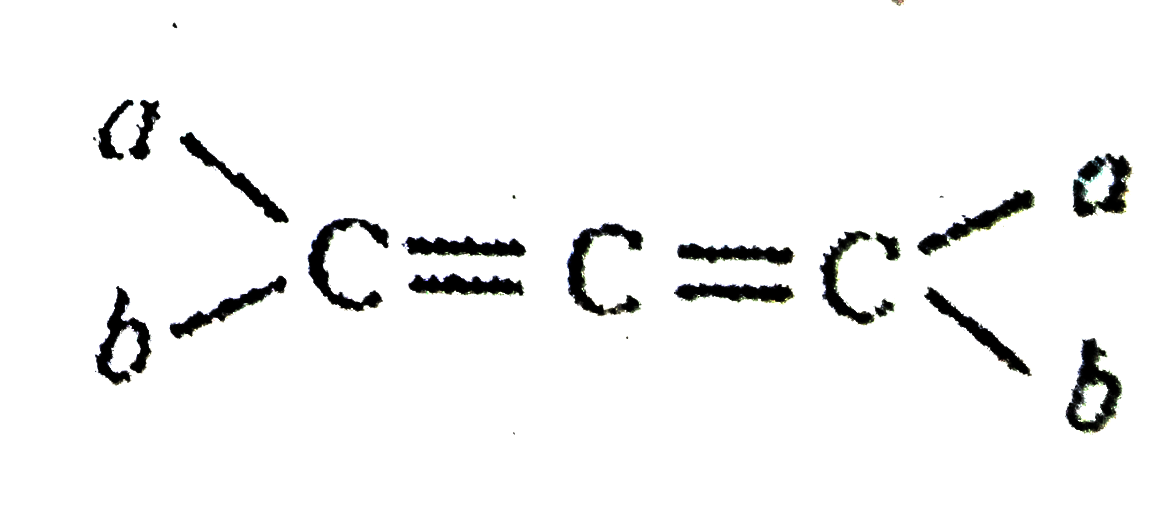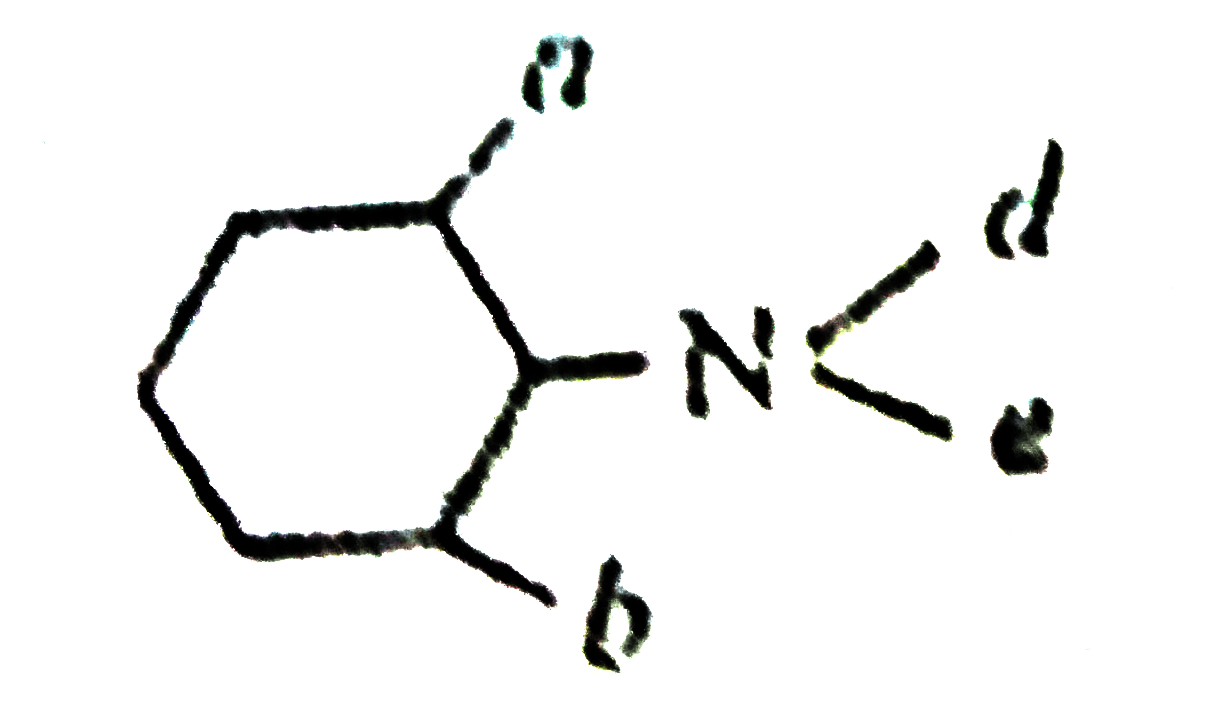2, 2-dimethyl-1-chloropropane undergo nucleophilic substitution reaction to produce an optically inactive product which of the following is correct regarding the product ?
(i) Formation of product takes place through SN1 reaction.
(ii) The product is optically inactive due to internal compensation.
(iii) The product is optically inactive due to external compensation.
(iv) The carbocation is not an intermediate in the given reaction.
Choose the correct option.
A
ony (i)
B
(i) and (ii)
C
(i), (ii) and (iii)
D
All of these
Text Solution
The correct Answer is:A
This problem includes conceptual mixing of nomenclature, selection of SN1 and SN2 optical activity of product and intermediate involved in the reaction.
While solving this problem, students are advised to draw the structure of reactant then perform SN1 reaction and analyse the stereochemistry of product obtained. Molecular structure of 2, 2-dimethyl 1-chloro propane is:

According to question, the product formed after nucleophilic substitution reaction is optically inactive. As we know there are two types of nucleophilic substitution reaction. (a) SN1 and (b) SN2
SN1 reaction proceed through formation of carbocation and produces racemic mixture. The racemic mixture is formed due to planar structure of carbocation.

This compound is optically inactive.
|
Topper's Solved these Questions
Similar Questions
Knowledge Check
Which is optically inactive?
A B
B C
C D
D
Which is optically inactive?
A B
B C
C DNone of these
DNone of theseThe optically inactive compound from the following is :-
A2 - chloropropanalB2 - chlorobutaneC2- chloropentaneD2 - chloro - 2- methylbutane
A racemic mixtrue is optically inactive due to :
View SolutionThe optically inactive compound from the following is :-
View SolutionThe optically inactive compound from the following is :
View SolutionThe optically inactive compound from the following is :-
View SolutionA racemic mixtrue is optically inactive due to :
View Solution
